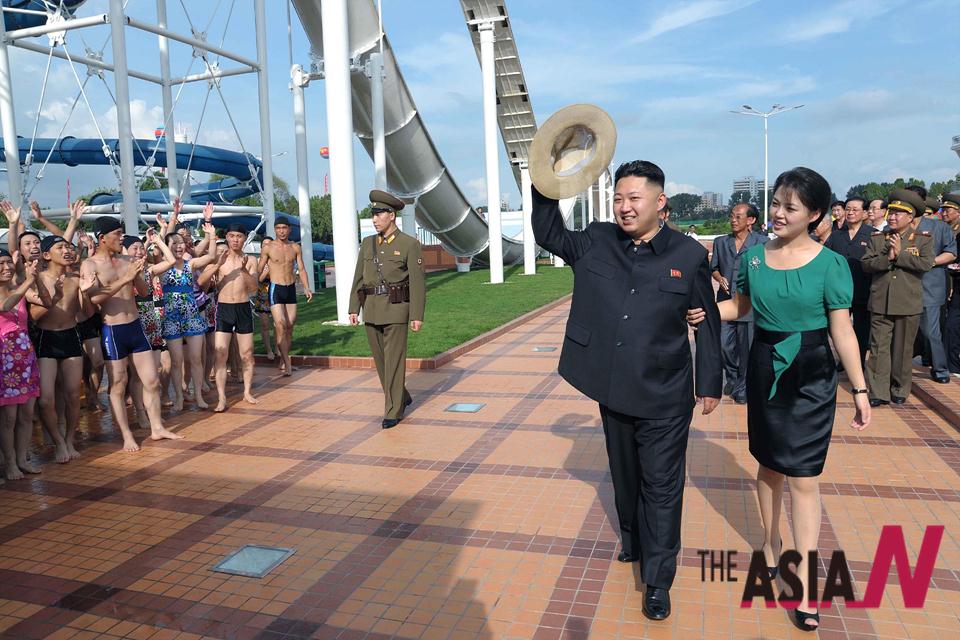
Expose of NK top leader’s wife may be a sign of change to come
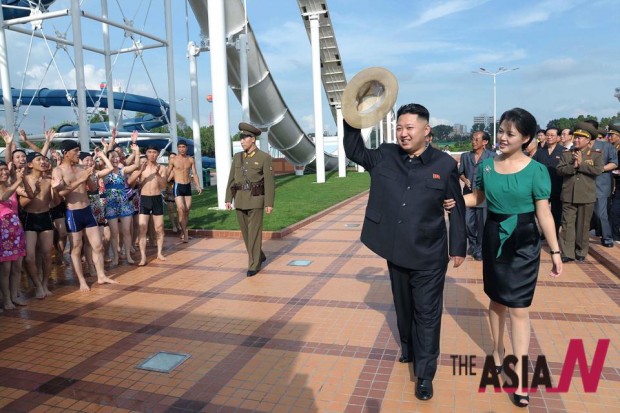
In mid-July, the world of Pyongyang watching was in a state of great excitement. Remarkable news were coming out of North Korea with unusual frequency. There was a lot to be discussed, analysed and speculated about. And, perhaps, the single most popular topic of speculative excitement was the identity of the woman who had begun to accompany Kim Jong Un on most official occasions from early July.
Discussion was soon set to rest though, as the North Korean media made it be known that the woman’s name was Ri Sol Ju, and she was the wife of North Korea’s Supreme Leader Kim Jong-un.
Indeed, it seems that over the last month or so, Ri has been featured in the North Korean media with remarkable frequency, possibly second only to her husband. She was shown watching a concert of Western popular music (a very unusual sight in itself), talking to kindergarten kids and veterans (on separate occasions), taking rollercoaster rides, and even enjoying the cuteness of a young seal in a Pyongyang zoo.
As every historian of North Korea would eager to inform you, this is a remarkable occurrence. For decades, a leader of the North has been known to never do such thing as showing his wife to the puiblic.
Kim Il Sung, the grandfather of the incumbent of the current Supreme Leader and the founder of the Kim dynasty, was married at least twice. His first wife Kim Jong Suk was to acquire a godlike standing in North Korean propaganda, so it is easy to forget that, within her life time (she died in 1949) Kim Jong Suk was completely unknown inside the North and never featured in the official media.
Actually, in this regard Kim Il Sung followed the then established tradition of states in the Communist Bloc. Wives and the close family members of the top leadership were not public figures. If they ever appeared in public, it was usually at official diplomatic events with Western dignitaries – but this was clearly a concession to Western diplomatic protocol. Remarkably, when communist leaders met between themselves, they usually left their spouses at home or took them unofficially, under the assumption that their better halves would enjoy the culture of the foreign lands they were visiting, but not be seen at official functions.
There were exceptions – like the ever flamboyant Josef Tito of Yugoslavia, and Nicolai Ceausescu of Romania. The latter’s rule became a family dictatorship, centred around him and his wife Yelena. Another possible exception was one of Chairman Mao’s wives, Jiang Qing, who briefly acquired a high profile during the cultural revolution – but it is important to remember that she (like, say, Lenin’s wife Krupskaya), was present because of her official capacity, not her matrimonial capacity.
However, even in such terms, North Korea has been remarkably secretive. Soon after the death of Kim Jong-suk in 1949, Kim Il-sung remained, but it took another fifteen years before his second (some say third) wife was officially mentioned in the North Korean media. Kim Song-ae (that is her name) was to briefly enjoy some public prominence since around 1970, but as was the case with Jiang Qing, she was not presented to the North Korean public as the ‘first lady’ but rather as the chairwoman of the Woman’s Union. Her public presence and political activities might have been related to her political ambitions, specifically her desire to make one of her sons the successor to her husband. Her ambitions were though not to transpire and by the late 1970s she would disappear from the public eye completely.
From then on, Kim Il-sung largely inverted back to the traditional communist patterns of spousal interactions, though Kim Song-ae occasionally was to be seen at her husband’s side at special occasions.
Kim Jong-il if anything was far more secretive. He is reputed to have been a successful womaniser and had a chain of wives and/or live-in girlfriends, of whom two or three had some political significance. Nonetheless, none of his girlfriends have ever been shown to the general public or usually ever to foreign dignitaries. In June 2000, when the South Korean president Kim Dae-jung came to the North-South summit with his wife, Kim Jong-il came unaccompanied. In the last few years of Kim Jong-il’s life, his last wife/girlfriend, Kim Ok, was often present in his entourage, but she never took part in diplomatic functions as North Korea’s first lady and was officially there merely as an assistant to Kim Jong-il.
This policy of ‘hiding’ wives from public view was not appreciated by the Western media which saw this as yet another proof of the innate secretiveness of the Communist dictatorships. However, from the point of view of a Stalinist regime this attitude makes perfect sense. In such a regime the supreme leader must be presented as a superhuman, a person of unparalleled wisdom, intellect and benevolence who, at the same time, is well above everyday human problems and concerns. Presenting a dictator as a caring father of his family might have worked perfectly well in a traditional dictatorship in somewhere like Latin America. However it was not such a good idea in a Stalinist regime, whose leader is meant to be close to a living god.
This habit however survived the Stalinist period of most communist countries. In the post-Stalinist Eastern Europe and Soviet Union – that is, the 1960-90 – the lack of spouses on the public stage was still standard operating procedure. The aged apparachiks who monopolised the corridors of power liked to present themselves as hardworking technocrats, the sailors in the ship of state. Their family members therefore had no reason or right to enjoy the public limelight which should be reserved for high state officeholders alone.
This is one reason why the Soviet public was not that impressed when Gorbachev’s wife Rayisa emerged in the mid-1980s. While the very public presence of Rayisa Gorbachova was met by the Western public with much approval – as a sign of openness and liberalisation – a majority of her fellow countrymen did not understand why someone should be granted special privileges in the public sphere merely because she shares the bed with the head of government. Somewhat surprisingly to Westerners, a significant number of Russians soon came to perceive the emergence of Rayisa Gorbachova as a particular kind of nepotism, so her public profile would become something that further undermined her husband’s authority.
Tellingly, subsequent Russian presidents have taken note. The spouses of Boris Yeltsin, Vladimir Putin and Dmitri Medvedev have remained all but invisible inside Russia. Obviously, top Russian dignitaries have come to the conclusion that it is likely to be bad for their reputation if their wives choose to emulate the very high profile of American first ladies.
As a matter of fact, this may end up being the case with Kim Jong-un’s wife as well. There is no doubt that the young North Korean dictator admires his beautiful spouse and it is also likely that his Western education have influenced his attitude toward matters of protocol as well. And of course, the very public emergence of the North Korean dictator’s wife might be greeted by the international public as a sign of desirable change (and it might be a harbinger of such changes).
However, all this said, this does not mean that the average North Korea will be amused by the sight of their leader, being constantly accompanied by a smartly dressed woman, even when inspecting military units and talking to aged military leaders. Of course, we should not expect any open discontent to emerge (and of course some people might be even charmed by the young lady). North Korea is, after all, a very repressive place and all adult North Koreans still remember a time when anyone would disappear into a prison camp for the crime of discussing the personal life of the Dear Leader. Nonetheless, quiet discontent is likely to be present.
This might be a rather typical mistake of Kim Jong-un. Judging by his recent actions, he clearly understands that the country needs change. But he seems to pay too much attention to appearances, perhaps still influenced by teenage experiences in Switzerland. Kim Jong-un wants to change his grey, impoverished and brutal realm into something more reminiscent of a modern advanced society. This is a laudable aim, but putting his wife in the limelight or promoting Western pop music might not be the best place to start. Economic reforms are far more important, and let’s hope that Kim Jong Un will realise this in real time.



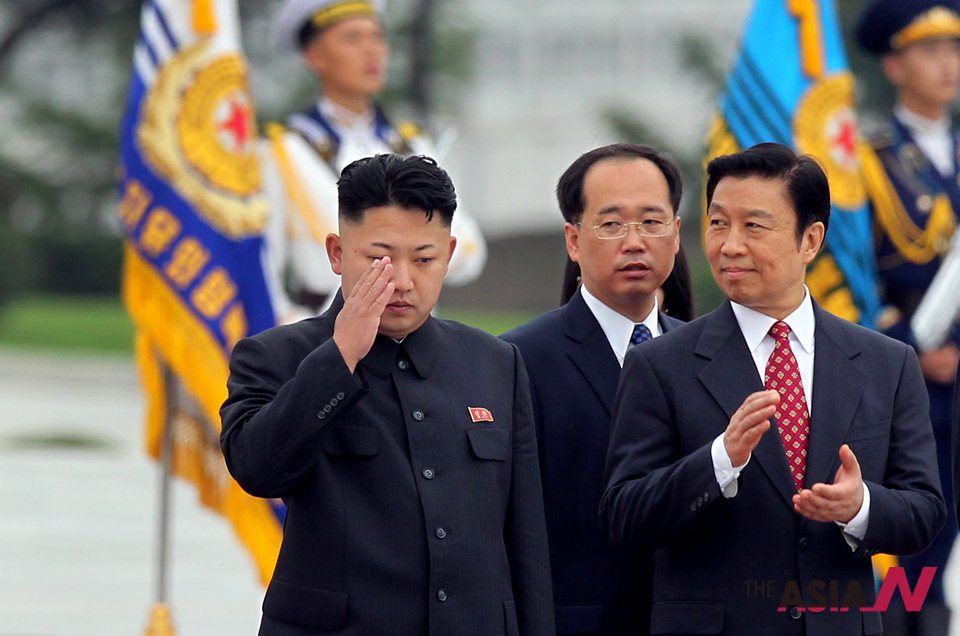
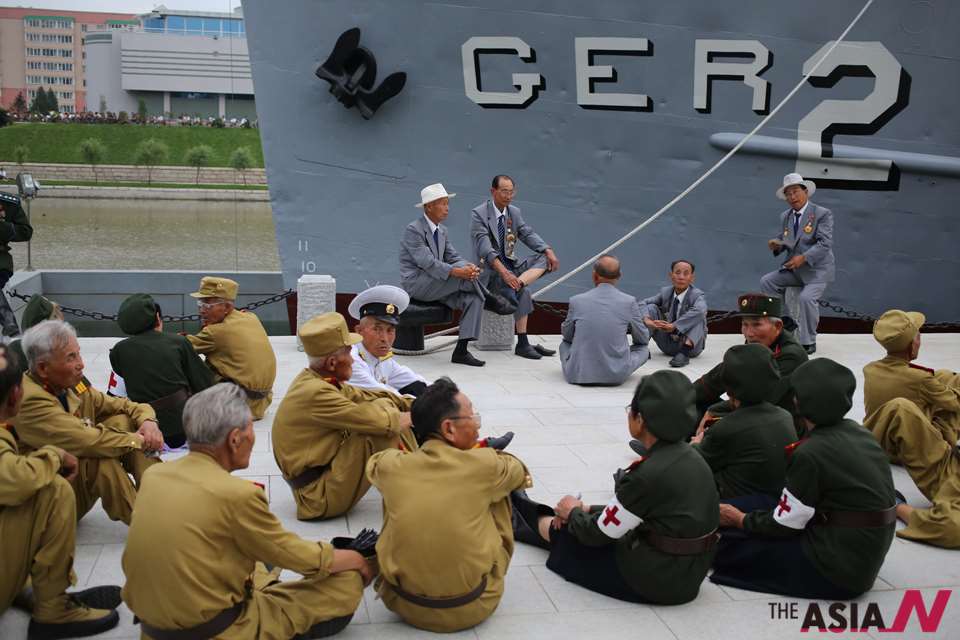
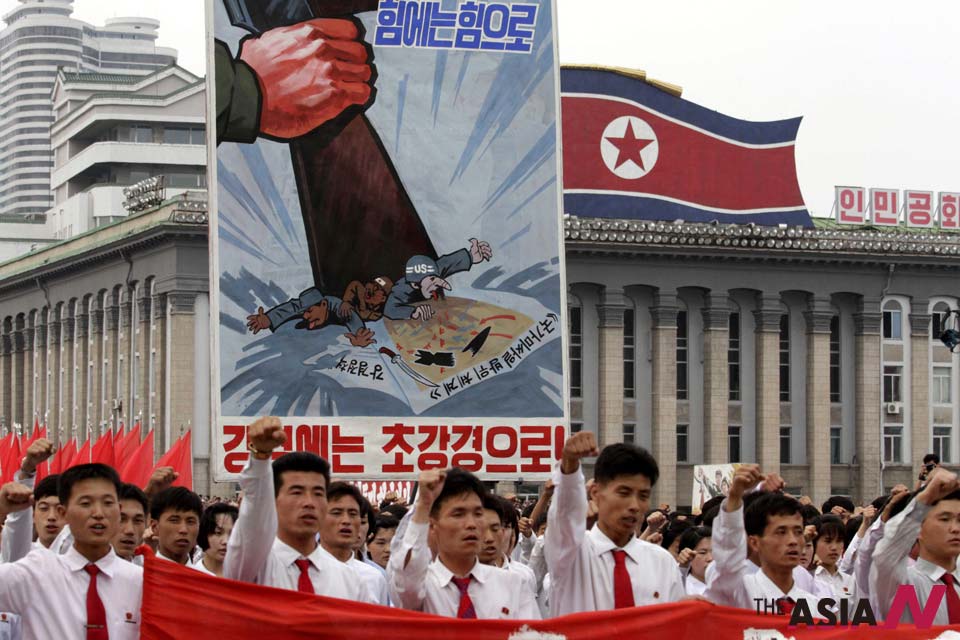
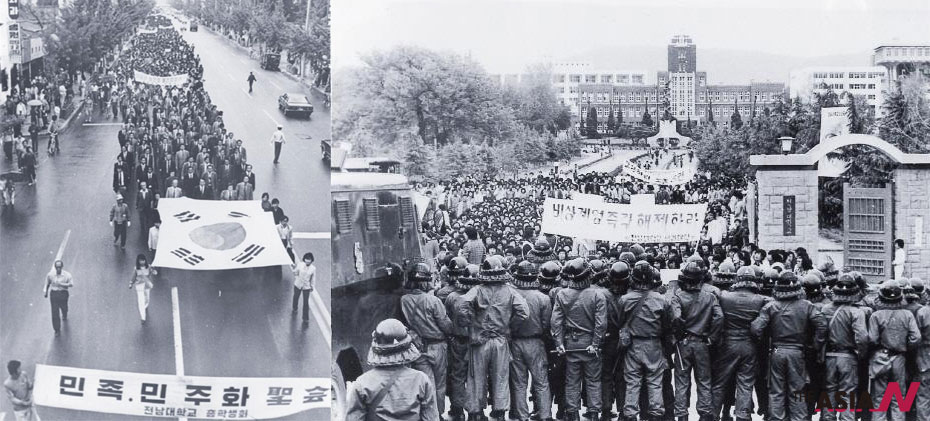



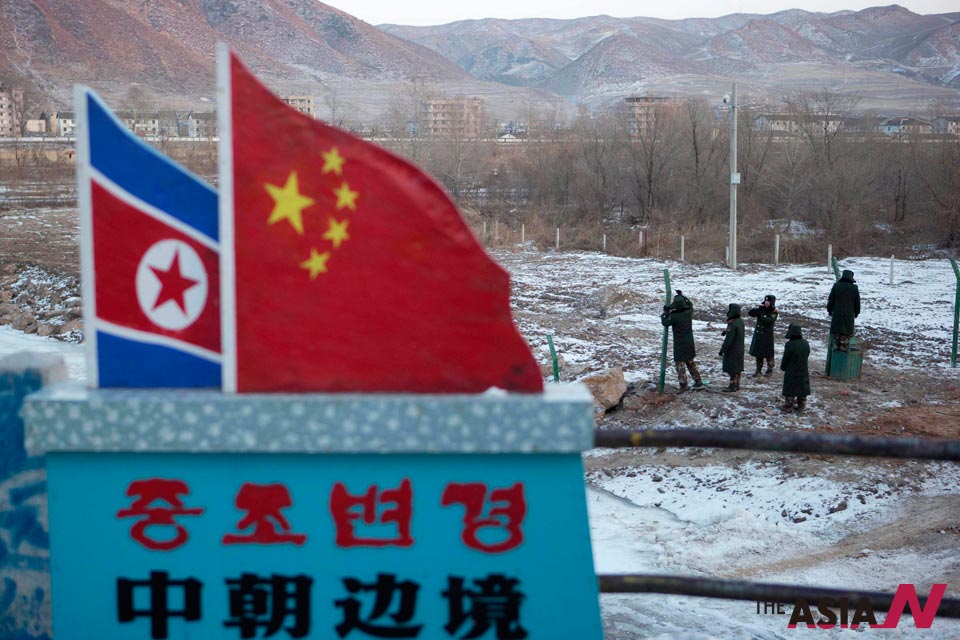
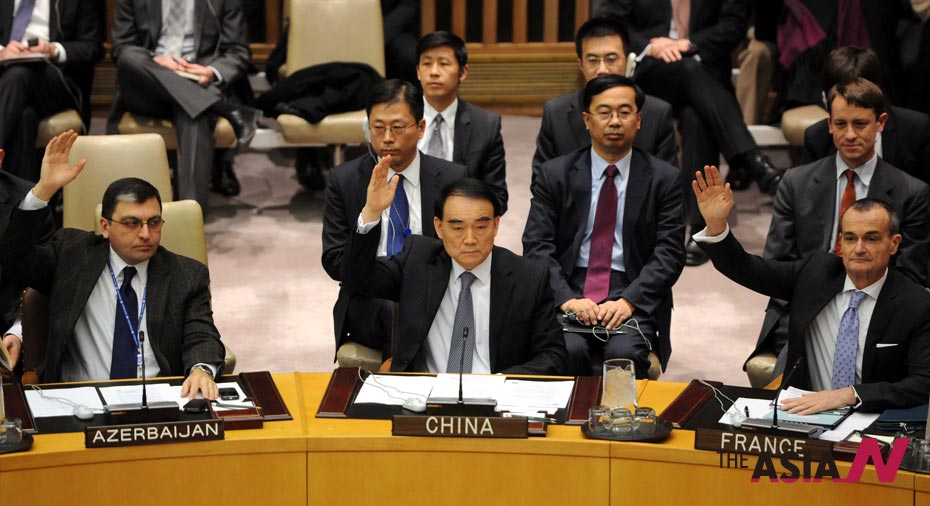

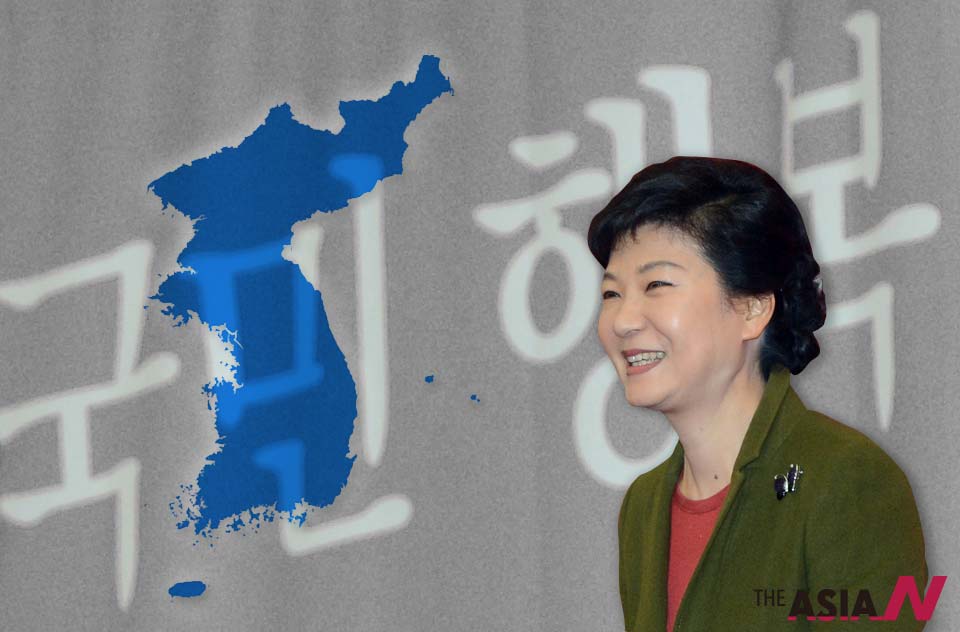
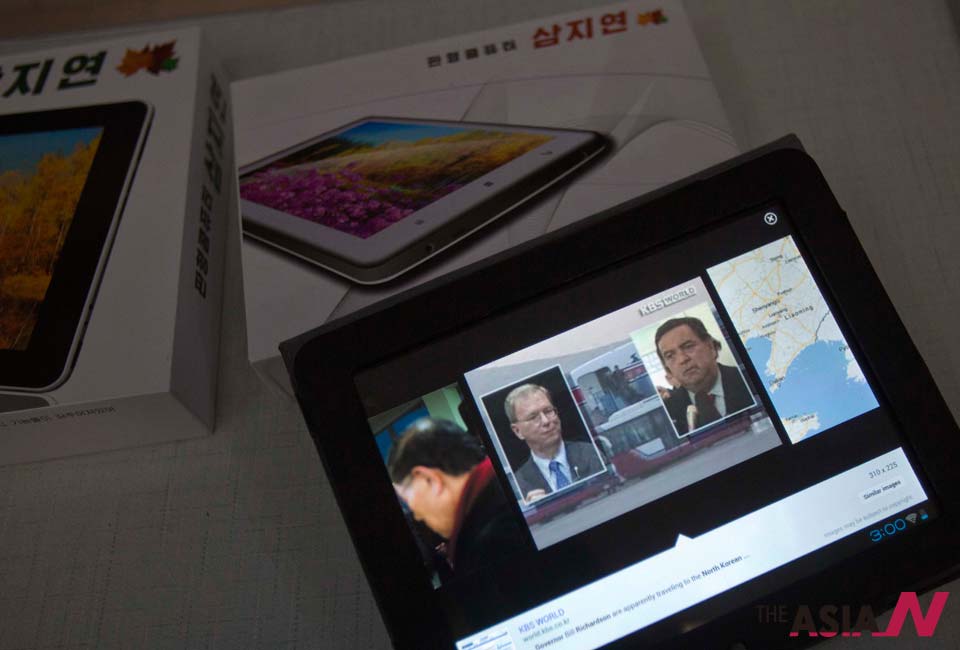
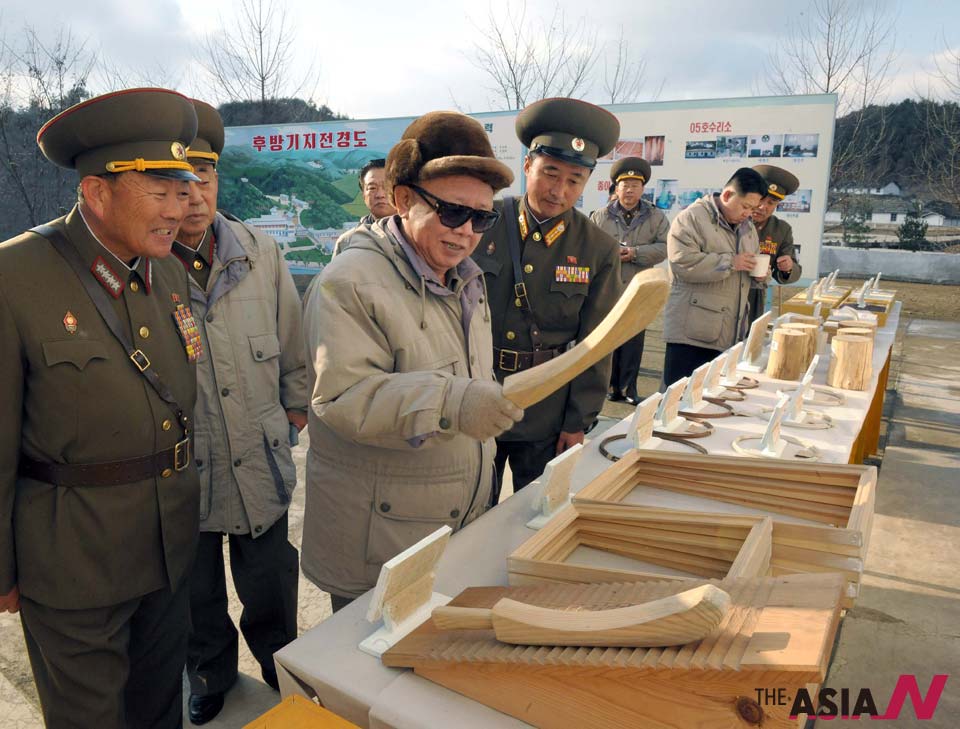
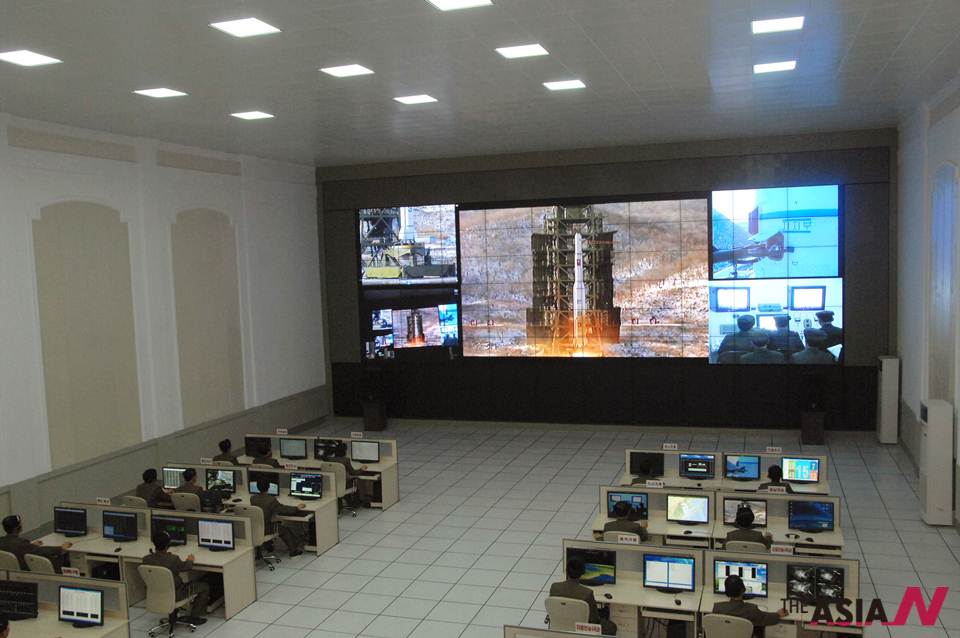

3 comments